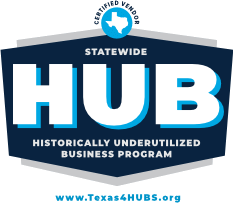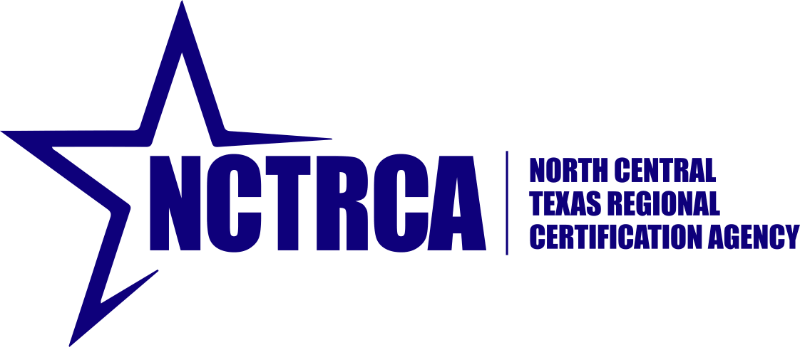Executive Coaching Services: Turn Your Ambition into Organizational Reality
At Tandem Coaching, we go beyond achieving goals; we revolutionize them with our cutting-edge coaching experience. Tailored strategies from seasoned executive coaches and insights into business dynamics accelerate success for executives and teams. We’re focused on elevating leadership and instigating transformative mindsets.
Through our development program, including one-on-one coaching sessions, we prepare leaders for new roles and encourage behavioral changes. Let’s begin this transformative journey together.
Welcome to Tandem Coaching!
I’m Cherie Silas, Founder and CEO, and I believe in the power of coaching to elevate leaders and transform teams.
My mission is simple: to leave you better than I find you with every encounter.
Here’s our approach at Tandem Coaching:
- Your potential is my starting point: My ceiling is your floor. I’ll invest my experience to help you surpass your goals.
- You are whole: You are competent, creative, and resourceful.
- Unlock your leadership: I support diverse leaders in developing confidence, strategic thinking, and executive presence.
At Tandem Coaching, we personalize your path to success. Our experience, proven methods, and bespoke coaching programs fuel your growth, ensuring you achieve your goals and find deeper meaning in your work.
Let’s start your journey!
Cherie Silas, Founder and CEO Tandem Coaching

How Tandem's Executive Coaching Services Can Help You
Empower Your Executive Leadership Journey - One-on-One Coaching

Bespoke Coaching Process & Development Plan
Tailored coaching strategies to help leaders meet personal and professional goals.

Enhanced Communication and Coaching Skills
Enhance your leadership style, increase self-awareness, and improve engagement with key stakeholders.

Leadership Mindset and Emotional Intelligence
Strengthen leadership capabilities and emotional intelligence for better decision-making and relationship-building.
Leadership Team Coaching for YOUR success!
Elevate your leadership team and achieve organizational excellence with our executive coaching services, based on the effective ASPIRE method.
Tailored to your unique needs, we enhance team performance and organizational impact through personalized strategies. Improve communication, collaboration, decision-making, and effectiveness.
Explore the transformational power of our coaching and ASPIRE method—request a free brochure to begin your journey.
Coaching Program for You
Fill out the form to learn more about our leadership development, executive and team coaching services.
Accelerate Your Senior Leaders - Transformational Leadership Development

Strategic Thinking and Execution
Empower leaders to think strategically and execute plans effectively.

Inspirational Leadership
Cultivate the ability to inspire and motivate teams towards achieving shared goals.

Resilience and Emotional Intelligence
Forster resilience and emotional intelligence for robust leadership in challenging situations.
Tandem's Group Coaching for Leadership and Management Teams
Unify and Elevate Your Team's Performance - Executive Team Coaching

Enhanced Team Synergy
Build a cohesive team unit that thrives on collaboration and mutual respect.

Effective Conflict Resolution
Equip your team with the tools to resolve conflicts constructively and maintain a positive working environment.

Team Adaptability and Agility
Develop teams that can quickly adapt to changes and drive innovation.
Develop Leadership Coaching Services Within Your Organization

Build Corporate Coaching Capacity
Develop a sustainable coaching culture within your organization by training your own coaches.

Amplify Coaching Impact
Equip your in-house coaches with the skills to unlock the potential of every team member.

Coaching Solution for Everyone
Promote a culture of continuous personal and professional growth through coaching.
You Got Questions. Here Are Some Answers.
How does Tandem's coaching approach differ from traditional business coaching services?
Tandem Coaching’s approach is uniquely built around our bespoke coaching model, which integrates elements of various types of coaching such as executive leadership coaching, management consulting, and transformational coaching. Unlike traditional business coaching services, our approach is highly personalized, focusing on deep, transformational change and leveraging our proprietary coaching platform to provide development services that are tailored to the individual needs of our coaching clients.
In what ways can Tandem Coaching's executive coaching program enhance my leadership skills?
Our executive coaching program is specifically designed to enhance leadership skills by focusing on personalized professional development, leadership development services, and a 360 assessment to uncover blind spots. With the guidance of an experienced executive coach, clients engage in a coaching process that fosters behavior change, enhances talent management capabilities, and equips leaders with the tools they need to drive change within their organizations.
How does Tandem Coaching select the right coach for executive leadership coaching clients?
Finding the right coach for our executive leadership coaching clients involves a comprehensive matching process that considers the specific needs, business goals, and personal career objectives of each client. Our coaching platform features a diverse array of world-class executive coaches with expertise in various industries and leadership development areas. We prioritize creating a coaching relationship that resonates with the client’s personal and professional growth ambitions, ensuring a perfect match for a successful coaching engagement.
What outcomes can senior executives expect from participating in Tandem Coaching’s transformational coaching programs?
Senior executives participating in our transformational coaching programs can expect to achieve significant outcomes, including improved leadership skills, a deeper understanding of their own leadership style, enhanced decision-making abilities, and the ability to effectively drive change within their organizations. Our programs also focus on providing executives with the strategies and tools necessary to foster a positive organizational culture, improve team performance, and achieve long-term business goals.
Can Tandem Coaching assist in the transition to a new role or career advancement?
Yes, Tandem Coaching is uniquely positioned to assist individuals transitioning to a new role or seeking career advancement. Our executive coaching program includes targeted coaching to address the challenges and opportunities associated with new roles, leveraging insights from peer coaching, leadership development programs, and the experienced guidance of our coaches to ensure a smooth and successful transition.
What specific tools and methodologies does Tandem Coaching use in its executive leadership coaching services?
Tandem Coaching employs a variety of tools and methodologies in our executive leadership coaching services, including our proprietary coaching platform, transformational coaching techniques, and leadership development services like the 360 assessments. These tools are complemented by our alignment with the International Coaching Federation’s standards, ensuring that our coaching provides the structure, accountability, and support necessary for effective leadership development.
How does Tandem Coaching measure the success of its coaching engagements?
The success of our coaching engagements is measured through a combination of qualitative feedback, leadership development progress indicators, and the achievement of predefined business and career goals set at the beginning of the coaching relationship. We also rely on ongoing assessments and feedback mechanisms to ensure that the coaching process remains dynamic, responsive, and aligned with the evolving needs of our clients.
How can interested individuals or organizations learn more about or engage with Tandem Coaching’s executive coaching services?
Individuals or organizations interested in engaging with Tandem Coaching’s executive coaching services are encouraged to contact us directly through our website. Our team is available to provide detailed information about our coaching programs, discuss specific needs, and explore how our bespoke coaching model and experienced coaches can support your leadership development and business success objectives.
What distinguishes Tandem Coaches from others in the field of executive and business coaching?
Tandem Coaches stand out in the field due to their prestigious International Coaching Federation certification, ensuring they meet the highest global standards for coaching effectiveness and ethics. Our coaches work closely with business leaders, acting as a personal sounding board to uncover deep insights and foster meaningful growth. They are trained to understand exactly what leaders need, employing a methodology that helps organizations and individuals unlock their full potential.
Each Tandem Coach is skilled in creating a coaching environment that requires open communication, trust, and commitment, facilitating a process where coaching can help clients achieve remarkable transformations. Through our tailored approach, coaching helps leaders and business leaders learn how coaching can amplify their ability to lead, make strategic decisions, and drive organizational change.
Our commitment to coaching success is evident in our approach, where each coach is a personal guide, helping leaders to not just reach but exceed their goals. By learning more about our executive and business coaching helps, clients discover the invaluable benefits of having a dedicated partner in their journey towards excellence. Tandem Coaches believe in the power of coaching to not only enhance individual performance but also to cultivate the kind of leadership that benefits entire organizations, making our coaches pivotal in the quest for sustainable business success.





